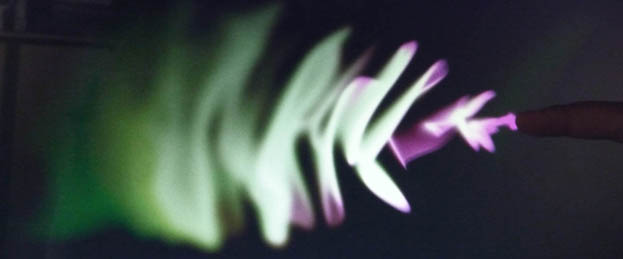If you know me personally or have been a bit of rummaging in my blog you will know that I have already developed multi-touch applications and games during my studies.
These applications were written, in contrast to my current project, specifically for the Multi-Touch-Table in the graphics lab of the department of computer science, which had the disadvantage that these programs could only be tested and demonstrated there.
Due to the technical progress since these days affordable Touch-PCs are available on the market. This has the advantage that Touch Applications can now be developed and tested at home.
In my Project i will use the MSI Wind Top AE2060 All-in-One Multi-Touch-PC
(Link: http://amzn.to/mRK2lK)
All programs presented below run on TUIO (Tangible User Interface Objects) Multi-touch tables, native Windows-based PCs and all Flash-enabled touch devices (like the HP-Touchpad).
Mathematical Multi-Touch learning game for kids
During winter semester 2009/2010 I created a prototype of a children’s learning game in which pupils had to solve mathematical tasks by writing the answers down on the screen. The program was written in ActionScript 3 and Flash. The main task of this project war to recognize the handwritten answer and to compare it with the proper solution.
The program was designed for pre- and primary school children to bring them closer to math. It was also supposed for demonstrational purposes during Open Day.
The mascot “Lilo” (shown at the beginning of the video below) should encourage the children to keep on learning and playing.
Edutainment Application to understand the Bubble sort algorithm – Braincademy
My second project in the field of Multi-Touch application was during winter semester 10/11.
As part of the edutainment lecture I created a game for the IT-couse in high school to teach the pupils how the Bubble sort algorithm works.
The target of the game was to sort an unsorted set of numbers on the principles of the Bubble sort algorithm. In addition to an introductory tutorial the game provides various levels of difficulty for beginners and advanced.
Simple Drawing App
During the development of the “Braincademy” edutainment application i had to decide how players can enter the high-score list at the end of a level. Due to the fact that the Multi-Touch table is operated only by hand a keyboard was missing.
I got the idea that the player could write his name, just like on a piece of paper, on the table where a screenshot was automatically made. Now the Image of the handwriting coud be used as entry in the high-score. This was the original idea for the drawing application.
Even if it does not offer many features it is fun to scribble something on a Multi-Touch device.
I hope I give you a good overview of my past projects and hope to see you next week on this blog.
Until next time, and if you have any questions or suggestions just write them in the comments or on my Facebook-Fanpage.
Your Max
Upcoming blog entries
Making the Game – Part 2: Technical basics
Making the Game – Part 3: Multi-Touch Framework (Adobe Flash / Air)
Making the Game – Part 4: Multi-touch devices and their limits
…
